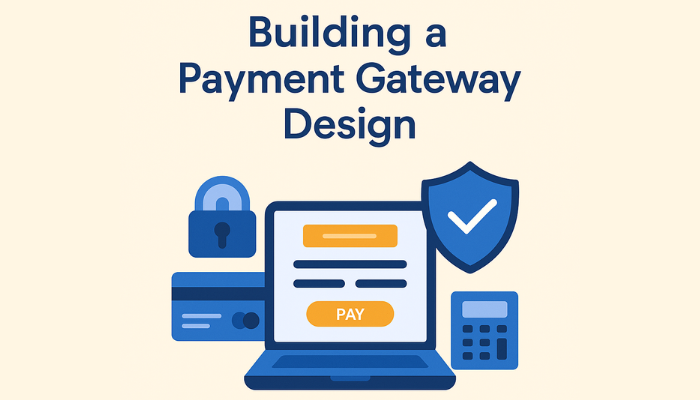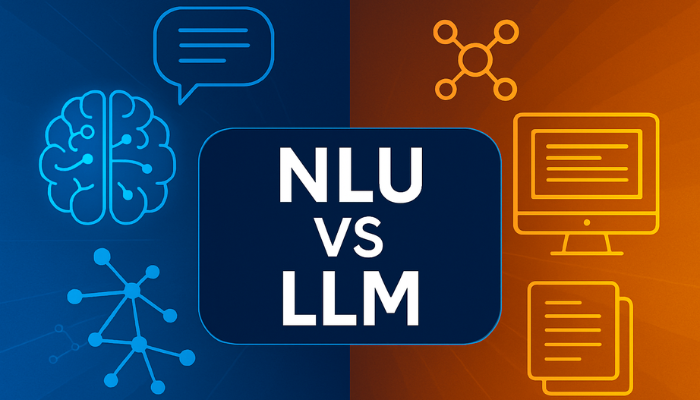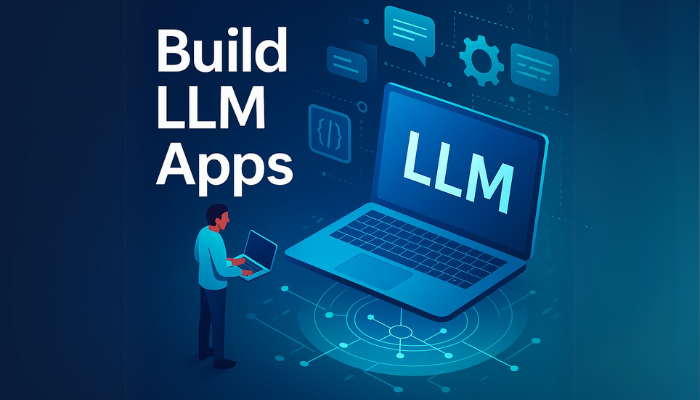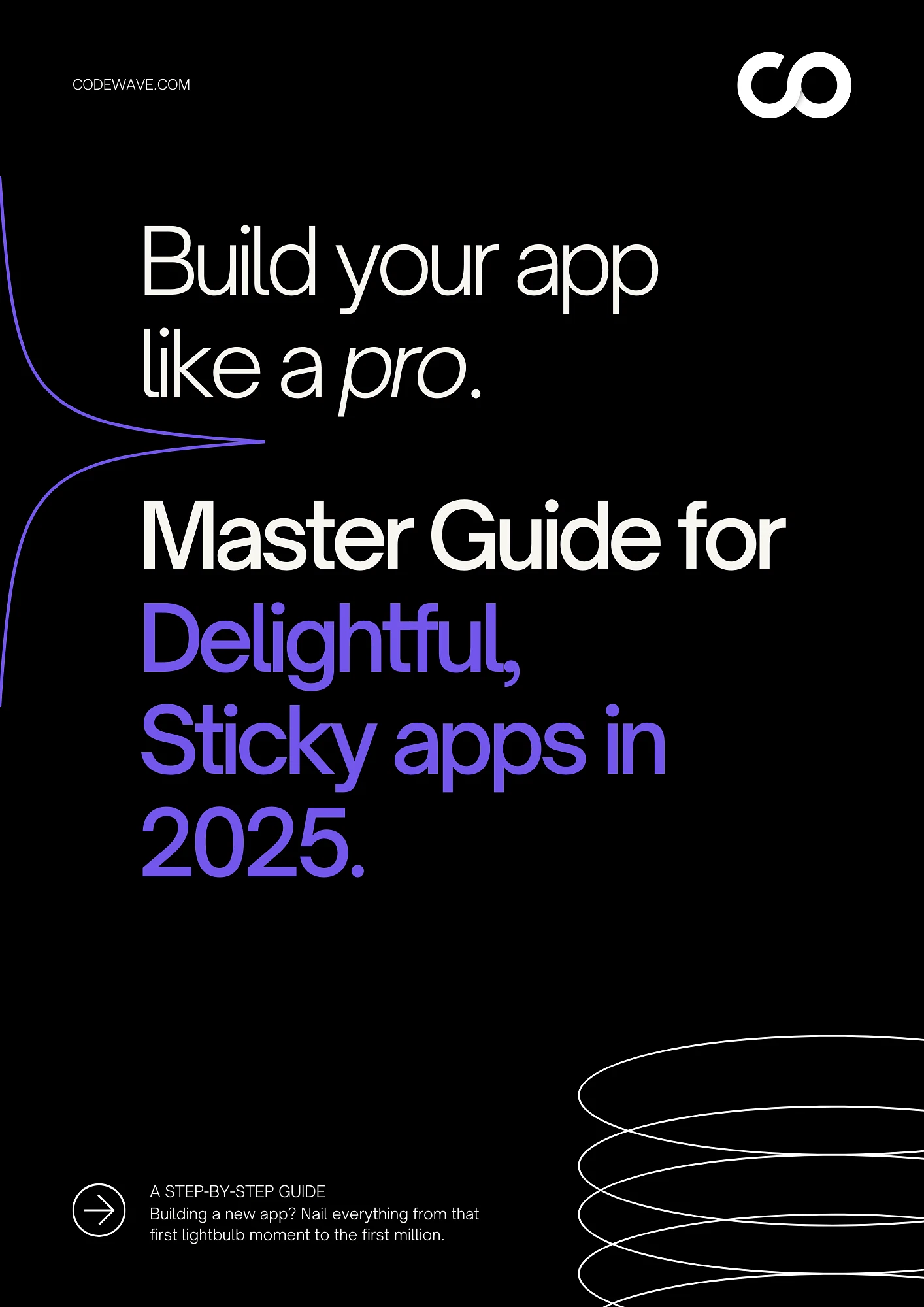A robust payment gateway is not just about processing payments; it’s about building trust at scale.
That said, digital payments are growing rapidly. By 2030, the total transaction value is expected to reach $38.07 trillion, growing at a 13.63% annual rate. Even more staggering, the number of users is projected to hit 8.34 billion. At that scale, your payment system can’t afford to glitch; it needs to perform flawlessly every time.
If your payment experience is clunky or insecure, users will bounce. Worse, you risk fraud, compliance penalties, and brand damage. That’s why elements like user experience, security, and PCI DSS compliance aren’t optional, they’re foundational.
In this blog, we’ll walk you through what makes a payment gateway solid, how to avoid common pitfalls, and what you can do to build something people trust. Because when payments are easy and secure, customers stay, and so does your revenue.
What Is Payment Gateway Architecture?
Payment gateway architecture is the behind-the-scenes setup that moves money from your customer’s bank to your business account. Think of it like a secure digital pipeline that checks, approves, and completes every online transaction in real time.
Let’s break it down with a simple example.
Say a customer wants to buy shoes from your online store. Here’s what happens, step by step:
- They click Pay Now on your site.
- The payment info goes to a processor that handles the request.
- The processor sends it to your acquiring bank (the bank that works with your business).
- That bank reaches out to the issuing bank (the customer’s bank) to check if funds are available.
- If everything checks out, the payment gets approved and the money moves.
All this happens in just a few seconds.
What Does the Architecture Include?
To make this flow smooth and secure, the system usually includes:
- Merchant UI – The customer-facing checkout page or app screen. It needs to be clean, quick, and trustworthy.
- Gateway Server – This handles the payment requests and talks to banks and processors.
- Tokenization/Encryption Layer – This replaces card details with secure codes so sensitive info isn’t exposed.
- Fraud Engine – Detects anything suspicious in real-time to prevent chargebacks and fraud.
- Third-Party APIs – Extra tools like OTP services, payment providers (Stripe, Razorpay), or analytics systems.
Also read: Steps to Build a P2P Payment App: Key Features and Cost
To build a gateway users trust, you need more than flow; you need smart, secure system features.
Smart Features Every Payment Gateway Must Have
Your payment gateway isn’t just a checkout tool, it’s your frontline defense, conversion driver, and global partner all rolled into one. To compete today, your gateway design needs more than just good flow. It needs brains, security, and adaptability baked in.
Here’s what that looks like in practice:
1. Encryption & Tokenization
Every time users enter their card details, that data needs to be shielded from attackers. With AES-256 encryption, the data is scrambled into a code that’s virtually impossible to crack. On top of that, tokenization replaces the real card number with a dummy “token,” so even if someone tries to steal the info, they get nothing usable. This setup keeps you aligned with PCI DSS rules and drastically reduces the risk of payment fraud or data leaks.
2. Real-Time Fraud Detection
Fraudsters evolve fast, your system should be faster. Smart fraud engines now use machine learning to spot suspicious behavior instantly. For example, if a user logs in from New York and suddenly tries a purchase from Vietnam two minutes later, that’s flagged. Or if someone tries to run the same card across hundreds of merchants, it gets blocked. This reduces fraud losses and false positives.
3. Multi-Currency Support
If you’re serving customers in different countries, showing prices in their local currency makes a huge difference. When users see unexpected currency conversions or bank fees, they tend to quit mid-checkout. By using ISO 4217 standards (which define currency codes like USD, EUR, INR), your system can easily display, convert, and process payments in multiple currencies, without confusion or drop-offs.
4. Platform-Agnostic APIs
Your payment system should work across platforms; mobile, web, kiosks, you name it. That’s where REST or GraphQL APIs come in. With OAuth 2.0 authentication, you can securely connect your gateway to any app, even third-party tools. This means your developers don’t need to start from scratch every time you launch on a new device or channel.
5. Instant Payment Notifications (IPNs)
Users expect immediate feedback after making a payment. IPNs automatically notify both your system and the user when a transaction succeeds or fails. That instant confirmation builds trust and reduces payment-related anxiety. For businesses, it helps sync order fulfillment and accounting without delays or manual checks.
6. Smart Retry Logic for Failed Payments
Payments can fail for silly reasons, like a brief internet glitch or a timeout at the bank’s end. Instead of just showing an error, your gateway should wait a few seconds and try again automatically. Smart retry logic doesn’t annoy the user or force them to start over. It quietly works in the background, increasing the chances of success without any extra effort from the user.
To create a gateway that grows with your business, focus on these essential, scalable building blocks.
Components for Building Scalable Payment Gateway Designs
A payment gateway that just works isn’t enough. You need one that runs fast, handles spikes, fixes itself, and never compromises user trust. Here’s how to build it right, starting from the ground up.
1. Front-End
This is the part your users see, and if it’s clunky, they’ll walk away.
- Adaptive UI: The checkout screen must adjust automatically to different devices, iPhones, Androids, desktops, without breaking layout or buttons. A poor mobile experience alone can tank your conversions.
- One-click payments: For returning users, storing card tokens securely lets them pay instantly. This reduces drop-offs at checkout and helps you build loyalty with seamless convenience.
- Error-handling UX: When a transaction fails, users need clear messages, not cryptic codes. For example, “Card declined – try another method” is far better than “Error Code 101.” Smart error feedback builds user confidence.
2. Back-End
This layer silently ensures that the payments process correctly, even when things go wrong.
- Retry logic: Sometimes a transaction fails due to network blips or timeouts. Automatically retrying (once or twice) without bothering the user can recover up to 10% of failed payments.
- Smart routing: Instead of sending every transaction to the same payment processor, your gateway should reroute based on real-time reliability. For example, if one processor is slow or down, it should switch to another instantly.
- Idempotency for retries: Imagine a customer clicks “Pay” and refreshes the page. Without safeguards, they might get charged twice. Idempotency ensures that repeated payment attempts only go through once.
3. Database
A weak database can become a bottleneck when you scale.
- ACID compliance: This means every transaction in your system is complete, consistent, isolated, and durable. In simple terms, no payment data gets lost or half-saved, even during crashes.
- Metadata storage: Details like user location, browser, payment method, and session ID help in analyzing failures, identifying fraud, and improving future performance.
- Logging mechanisms: A robust log helps engineers track what happened during each transaction. It’s the first place your tech team looks during an outage.
4. API Layer
If your payment gateway talks to banks, wallets, and apps, APIs are the language, and they must be secure.
- Secure endpoints: Only authorized systems should access your gateway APIs. Using HTTPS and OAuth tokens ensures that outsiders can’t intercept or fake requests.
- Request signing: This means each API call is digitally signed, like a sealed envelope, to prove it has not been tampered with.
- Rate limiting: To prevent overload or abuse, your system should reject requests that exceed a set threshold (e.g., 100 per second). This protects you from DDoS attacks and keeps your system stable.
Let’s shift focus to the security practices that keep your payment gateway safe and compliant.
Security Best Practices in Payment Gateway Design
Building a payment gateway design without strong security is like locking your front door but leaving the windows wide open. You need systems that not only follow standards but actively block evolving threats.
Let’s break this down simply and specifically.
1. Follow PCI DSS to the letter
Follow PCI DSS 4.0 by using tokenization for PANs, never logging sensitive data, and enforcing role-based access control. Schedule quarterly vulnerability scans and annual penetration tests. These steps help you stay compliant while actively reducing your risk exposure across card data environments.
2. Know when to use Tokenization vs Encryption
Tokenization is best for storing and handling card data in systems, it de-identifies the data entirely. Encryption, like AES-256, is ideal when you need to transmit data securely between two endpoints. Both serve different purposes and should work together, not replace one another.
3. Defend against replay attacks
To prevent replay attacks, add a timestamp, typically of 30 to 60 seconds, to every payment request, which tells your system when it was sent. If a request comes in late or is repeated, your system should reject it immediately. This stops hackers from reusing old messages.
4. Authenticate every request
Use HMAC (Hash-based Message Authentication Code), a way to lock each API request using a secret key. It’s like sealing a letter with a wax stamp, tampering breaks the seal. When your server receives the request, it checks the seal. If it’s broken or doesn’t match, the request gets rejected. This keeps outsiders from forging or altering data.
5. Prevent credential stuffing attacks
Add CAPTCHA at login and monitor login velocity. If someone tries logging in 50 times in a second, block them immediately. This helps stop bots from trying stolen passwords at scale.
6. Model your threats smartly
Use the STRIDE framework to think about what can go wrong; Spoofing, Tampering, Repudiation, Information Disclosure, Denial of Service, and Elevation of Privileges. This keeps your defense well-rounded instead of reactive.
Wondering how top gateways stay fast and fail-safe? Let’s walk through the patterns that make it work.
System Design Patterns for Payment Gateways
They say, scaling is never a one-time fix. You build it right, or you rebuild it later, with losses.
Designing for 1,000 users is easy. But what happens when your payment gateway needs to handle 100,000+ transactions per second without crashing, lagging, or missing a beat? That’s where strong architectural choices come into play.
a) Synchronous vs. Asynchronous Flows
- Synchronous flows happen in real time. For instance, when a payment is processed immediately, and the customer gets an instant confirmation. But this can slow down if too many payments are processed at once.
- Asynchronous flows, however, allow tasks to be queued and processed in the background. This means your system can continue to work without waiting for every single payment to go through right away, perfect for handling large volumes at once.
b) Microservices vs. Monolithic Architecture
- Microservices break down your payment gateway into smaller, independent parts. This approach is easier to scale because you can adjust specific services depending on demand. For example, if one part of your gateway (like fraud detection) gets busy, you can scale that part up without impacting the rest of your system.
- On the other hand, a monolithic system puts everything in one large application. It’s simpler to develop at first but can become a problem as your business grows. It may be harder to scale or update individual parts without affecting the whole system.
c) Message Queues
- When transactions are happening at high speed, message queues act as waiting rooms. These tools, like Kafka or RabbitMQ, help ensure that even if one part of the system is temporarily overloaded, the messages (or transactions) don’t get lost. They’re stored and processed in order, making sure everything gets handled properly without missing or duplicating a payment.
d) Auto-Scaling & Load Balancing
- Auto-scaling allows your system to adjust automatically to the amount of traffic coming in. Imagine it like expanding your store during a busy sale. With NGINX and Kubernetes (K8s), your gateway can seamlessly expand resources when needed.
- Load balancing ensures that the work is evenly distributed among your servers, preventing any one server from being overwhelmed and crashing under the pressure.
e) Handling 100k+ Transactions per Second (TPS)
- If your payment gateway is processing hundreds of thousands of transactions every second, your system needs to be built for high resilience. This means you need to account for redundancy (having backup systems in place) and efficient transaction processing (using message queues and asynchronous flows) to keep everything running smoothly.
Now, let’s explore how to effortlessly integrate your payment gateway with external systems for smooth operations.
Seamless External Integration Strategies
When building a robust payment gateway, seamless external integrations can make all the difference. It’s crucial to connect your system with various third-party processors, APIs, and webhooks to ensure smooth operations. Let’s dive into some of the key integration strategies:
Third-Party Processors: Payment gateways like Stripe, Razorpay, and Adyen are widely used for external integrations. These platforms offer pre-built solutions to accept payments globally. When integrating them, it’s important to ensure compatibility with your payment system to minimize issues.
Banking APIs & Open Banking: With the rise of open banking standards, such as PSD2 in Europe, APIs allow you to securely connect with banks. These APIs can improve transaction processes, as they allow customers to make direct payments from their bank accounts. Be sure to manage OAuth scopes effectively for secure authentication.
Webhooks for Asynchronous Events: Webhooks enable your payment gateway to respond to events like successful payments or refunds in real time. However, managing asynchronous data can be tricky. Secure your webhook endpoints and implement retry mechanisms to handle potential failures or delays in event delivery.
Retry Queues: If an integration fails, having a retry mechanism is essential. For example, when sending a webhook or receiving a bank transaction update, retry queues ensure that if the process fails once, it will attempt again until it succeeds.
Think your tech stack is airtight? Think again.
Codewave’s Technology Audit uncovers broken APIs, insecure webhook endpoints, and brittle third-party integrations, before they blow up. Get a full architecture, performance, and security check tailored to your payment ecosystem.
Let’s talk speed, because in payments, every millisecond truly moves the needle.
Performance Optimization: Every Millisecond Matters
If your payment gateway takes even half a second too long, users will bounce. They won’t wait, they’ll quit. According to Amazon, every 100ms of delay cuts sales by 1%.
Here’s how to optimize for speed without compromising security or scale:
- Cut Latency at the Source
Use CDNs to serve static content faster, especially for global users. Database sharding splits your data across nodes to speed up access. Edge computing pushes logic closer to the user, trimming round trips and cutting response times.
- Cache Smart, Not Blind
Plug in Redis or Memcached to store predictable data like BIN lookups. When the gateway doesn’t have to hit the database for every request, you gain milliseconds—and those add up fast at scale.
- Pre-optimize Your Database
Set up indexes, read replicas, and clean, normalized schemas. This reduces processing time during peak hours and prevents bottlenecks that could cost you hundreds of failed payments per second.
- Think Business, Not Just Backend
Speed isn’t just a tech stat. It’s revenue. When Visa handles over 65,000 transactions per second, you realize performance isn’t optional, it’s strategic.
Now let’s make sure it actually works, even under pressure. Time to test.
Testing & Validation Before Production
Before going live, your payment gateway design must face the harshest conditions, because users won’t tolerate failure. Testing isn’t just about checking if things work; it’s about proving they won’t break when it matters most.
Here’s how to make sure you’re production-ready:
- Unit + Integration Tests
Test every key workflow; card payments, refunds, timeouts. Cover edge cases like duplicate charges or mismatched statuses. Integration tests ensure different services (payment processor, banking APIs, database) talk to each other smoothly.
- Simulate Failure with Chaos Engineering
Introduce controlled chaos. What happens when a payment provider goes offline? Or if a network glitch hits mid-transaction? Simulate these with chaos testing to confirm your system can auto-recover or roll back cleanly; without user frustration.
- Test for Concurrency and Load
A payment gateway should perform just as well with 10,000 users as with 10. Use tools like k6 or Gatling to simulate thousands of simultaneous transactions and spot bottlenecks in real time.
- Automate to Scale
Manual testing doesn’t scale. Tools like Postman for API tests, k6 for load testing, and Chaos Monkey for chaos engineering help you run repeatable tests that save time and catch issues early.
Case Study: How Cosmofeed Boosted Payments 4.3x
In 2023, Cosmofeed, a platform helping creators sell digital content, noticed something worrying. Too many users were dropping off during payments. Some couldn’t find the “Pay” button easily, others said the page looked outdated or hard to customize.
So, they made bold changes.
Here’s what they fixed:
- Gave users more control; now you could tweak colors, change themes, even add custom sections.
- Simplified the layout, fewer steps, no confusion.
- Made it scalable, easy to add future features without a redesign.
And the results?
- Transactions jumped from 28,000 to 150,000/month in just 60 days.
- Total money collected went up 8x.
- Support complaints dropped by 70%.
If you’re building a payment gateway design, this proves one thing: better design isn’t cosmetic, it’s revenue.
What’s Next for Payment Gateway Architecture?
As digital payments mature, the architecture behind payment gateways is quietly transforming; faster, smarter, and more adaptive than ever.
1. AI-Powered Fraud Detection
Payment systems are getting smarter. Machine learning helps your gateway identify unusual behavior on its own, without waiting for manual reviews. This means fewer false declines and more trust with users.
2. Blockchain-Based Payments
Gateways are beginning to adopt blockchain to offer secure and tamper-proof transactions. Unlike traditional systems, blockchain makes it easier to trace every step in a transaction, no middlemen, no confusion.
3. Voice & Biometric Authentication
Fingerprint, voice, and facial recognition are being used to verify users without passwords. With more users on mobile, this form of authentication feels faster and more natural.
4. Embedded Finance
You’re likely to see gateways integrating “Buy Now, Pay Later”, wallets, and even lending; all through APIs. This turns your payment flow into a complete financial experience for the user.
Codewave: Crafting Custom Payment Gateway Solutions
At Codewave, we know that building a payment gateway isn’t just about processing transactions, it’s about earning trust with every click. Our Payment Gateway and Software Development Services are designed around your unique workflows, compliance needs, and growth plans.
Here’s how we work:
- End-to-End Custom Development: From architecting the core payment engine to integrating with multiple payment processors and banks, we build gateways tailored specifically for your business model, whether you need multi-currency support, subscription billing, or international compliance.
- PCI DSS-Compliant Gateway Integration: PCI DSS is baked into our development lifecycle, not an afterthought. We design secure data handling, encryption, and tokenization processes that meet stringent global standards, ensuring your customers’ payment data is protected at all times.
- Seamless Third-Party Integration: We connect your gateway with leading payment processors, fraud detection tools, and banking APIs using proven methods, RESTful APIs, SDKs, and webhook automation, making sure your system works flawlessly with existing infrastructure.
- Penetration Testing: Our security experts run continuous penetration tests and vulnerability assessments throughout development and after deployment to proactively identify and fix risks before they impact you.
- Cloud Scalability: Hosted on AWS or Azure, our gateways are designed to scale automatically, handling sudden spikes in transaction volume without performance loss, while keeping costs optimized for startups and enterprises alike.
- User-Focused Experience Design: We craft payment flows that minimize friction; mobile-friendly interfaces, one-click payments, and error handling that keeps customers moving forward, reducing cart abandonment and boosting conversions.
What you get with Codewave:
- Fast Transactions: Processing times under 3 seconds to keep your customers happy.
- Fewer Failures: Up to 50% reduction in payment failures, minimizing lost sales.
- Revenue Growth: Experience up to a 10% increase in revenue thanks to smoother payment flows.
Let us help you build a payment gateway that not only works but grows with you.
Final Say
Your payment gateway design can either protect your business, or cost you customers. Every detail matters. From stopping fraud to handling traffic spikes, smart design choices help you avoid drop-offs and keep things running smoothly.
If you’re growing fast, your gateway should grow with you. It needs to be secure, fast, and easy to use, for both you and your customers.
That’s where Codewave comes in. We build custom payment gateway solutions that fit your business. Think real-time fraud checks, PCI DSS compliance, cloud-native scale, and smooth UX that boosts conversions.
Want to build a gateway that’s safe, fast, and future-ready? Talk to our experts today, we’ll help you design it right from the start.
Codewave is a UX first design thinking & digital transformation services company, designing & engineering innovative mobile apps, cloud, & edge solutions.







